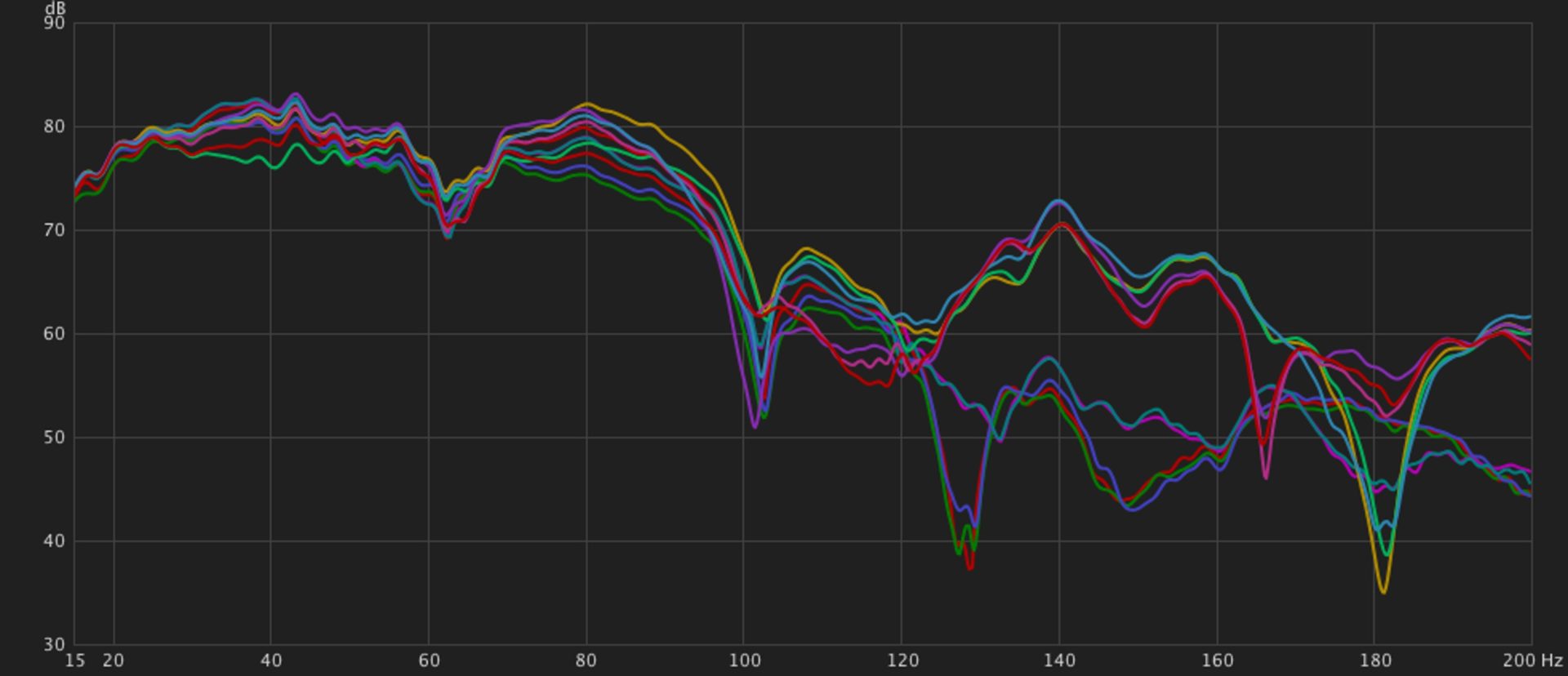Modular Synthesis is hard, and just starting out can be a very daunting endeavor. There are envelopes, VCAs, various types of filters, LFOs, LPGs, VCOs, random generators, etc., which all have to work together to create sound. Even the simplest patches sometimes require complicated algorithms. Sure, there are loads of videos that demonstrate different patches, but few are in depth or provide any real explanation as to how to replicate it or use as a starting point for your own patch. Those that do go in depth generally concentrate on a particular module and its unique functionality. These sorts of videos may be what you need when you’ve got GAS, but it’s not generally a great way to learn modular synthesis. And even if there were loads of videos demonstrating every patching technique, who has the time to watch videos all day? Oftentimes a static diagram and a few words are what you really need.
I want this platform to provide a resource for various patching techniques, not just show the intricacies of a particular module or showcase my new dance track or ambient masterpiece. With most posts, I want to show you an in-depth method for a particular kind of patch. Not very long ago I was a beginner starting out too, and the basic inability to get detailed patch notes or diagrams without paying for various Patreon subscriptions was frustrating. I want to help change that.
At Peaks and Nulls, most patches will be accompanied by a patch diagram, as well as an explanation of how the patch works to the best of my ability. I use the patch symbols provided for free by Patch and Tweak, a compendium source for all things modular. Using these symbols will help create cohesion between patch diagrams, and enable other modular synth users to read and understand them, and, ultimately, use them.

One Reply to “About”
Comments are closed.